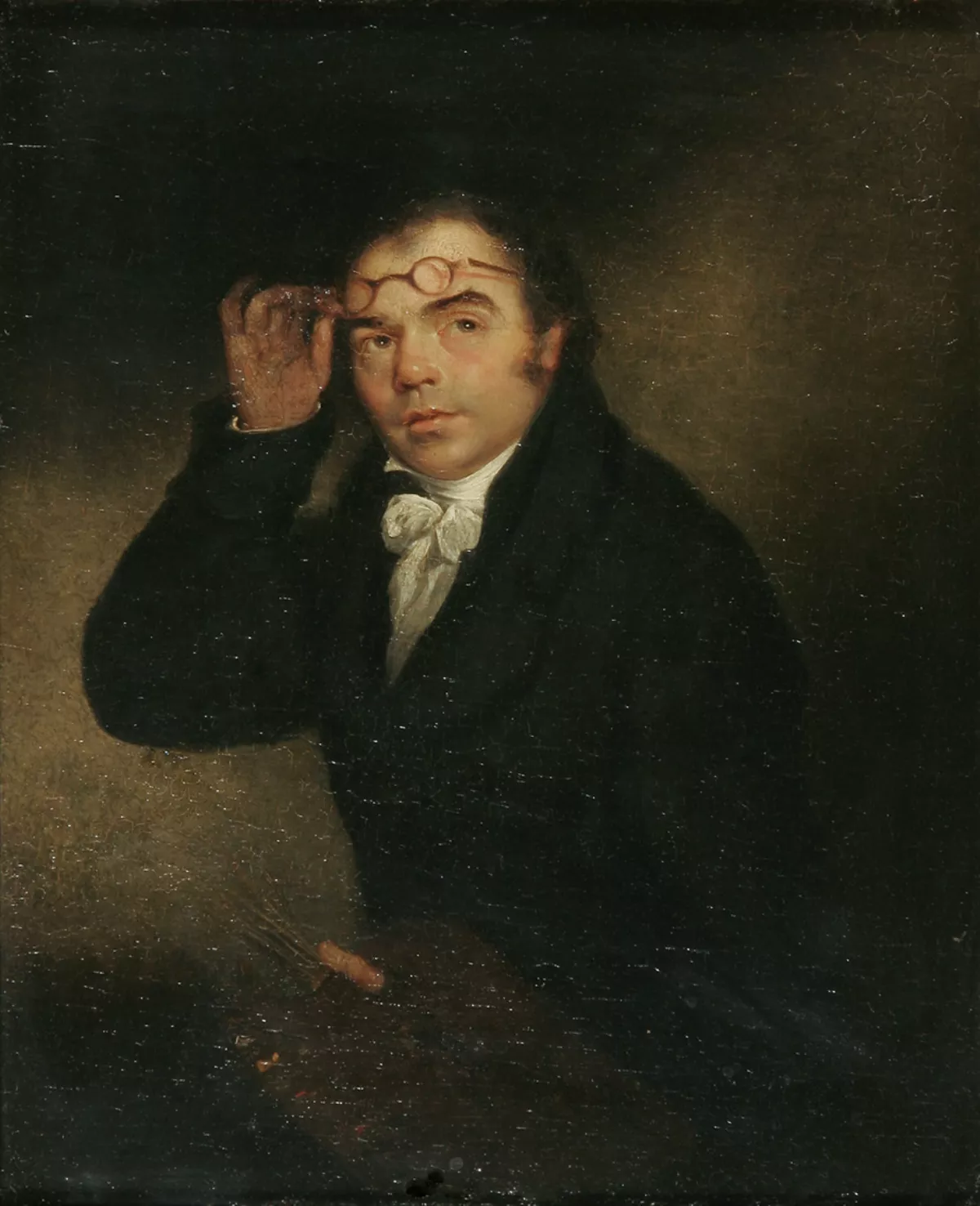 1.
1. John Crome, once known as Old Crome to distinguish him from his artist son John Berney Crome, was an English landscape painter of the Romantic era, one of the principal artists and founding members of the Norwich School of painters.

 1.
1. John Crome, once known as Old Crome to distinguish him from his artist son John Berney Crome, was an English landscape painter of the Romantic era, one of the principal artists and founding members of the Norwich School of painters.
John Crome lived in the English city of Norwich for all his life.
John Crome was the son of John Crome, a weaver, and his wife Elizabeth.
John Crome had access to Harvey's art collection, which allowed him to develop his skills by copying the works of Thomas Gainsborough and Meindert Hobbema.
John Crome contributed 22 works to its first exhibition, held in 1805.
John Crome served as President of the Society several times and held the position at the time of his death.
John Crome exhibited 13 works at the Royal Academy between 1806 and 1818.
John Crome visited Paris in 1814, following the defeat of Napoleon, and later exhibited views of Paris, Boulogne, and Ostend.
John Crome was drawing master at Norwich School for many years.
John Crome taught privately, his pupils including members of the influential Gurney family, whom he stayed with whilst in the Lake District in 1802.
John Crome died at his house in Gildengate, Norwich, on 22 April 1821, and was buried in St George's Church.
An incident in John Crome's life was the subject of the one-act opera Twice in a Blue Moon by Phyllis Tate, to a libretto by Christopher Hassall: it was first performed in 1969.
John Crome, who is sometimes referred to as "Old John Crome", worked in both watercolour and oil, producing more than 300 oil paintings during his career.
John Crome's works, renowned for their originality and vision, were inspired by direct observation of the natural world combined with a comprehensive study of old masters.
The art historian Andrew Hemingway has identified a theme of leisure in John Crome's work, citing particularly his works depicting the beach at Great Yarmouth, and the River Wensum in his native Norwich.